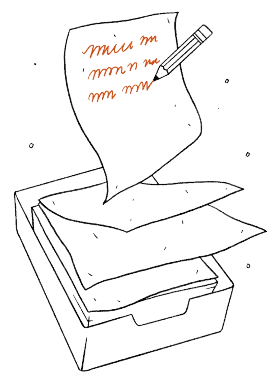Today's News, Tomorrow's Lesson - November 11, 2013
Stephen Exley It has been described as “complete devastation” and “horrific.” But it is hard to find the words to do justice to the carnage left behind by Typhoon Haiyan in the Philippines. As many as 10,000 people are estimated to have been killed by the storm, which reached the country’s eastern provinces of Leyte and Samar on Friday, before sweeping across six more islands.












